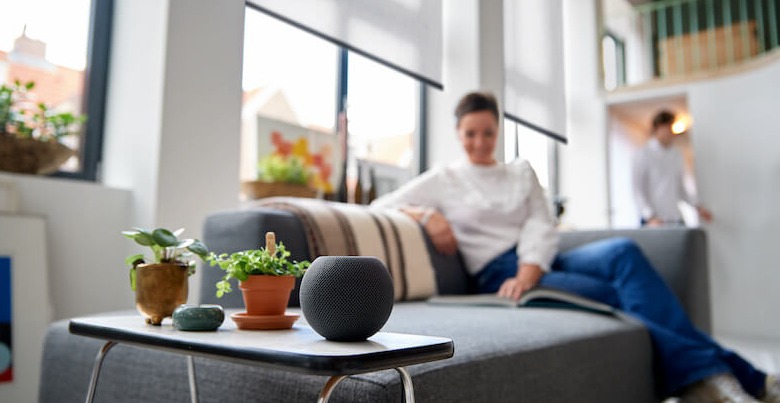We often get asked: what’s the difference between Thread and Matter? We know it’s confusing for some, so that’s why we have written this blog to try and explain the two protocols in simple terms. After reading this 2-minute blog, we hope you will have a clear understanding of Matter and Thread. Are you ready? Let's go.
Thread and Matter: In a nutshell
Thread is a new networking protocol that makes Matter work better by making it easier and faster to connect smart devices to your smart home. Sorry, say again? Think of them as two industry-wide standards that are best friends. Matter will make smart home devices work better together. Thread will help improve the connections between them.
Thread in more detail
Thread technology is specifically developed for smart home applications to improve connectivity between products. This means that Apple HomeKit devices can communicate not only using Wi-Fi or Bluetooth but also using Thread. What’s the big difference with this technology? Thread creates a mesh network, so smart blinds, lights, thermostats, sensors can talk to each other free of the constraint of having to go through a central hub, such as a bridge. How come? Because a Thread network doesn’t need one. If a single device fails, the data is simply relayed to the next in the mesh.
Matter in more detail
Matter is a new communication protocol which lets smart home devices communicate with each other independently of smart home systems like Google Assistant, Amazon Alexa, or Apple HomeKit. In other words, a common ‘language’ that lets smart home devices chat and understand each other. For consumers, this means more flexibility in the future and less headaches about compatibility with your smart home system: Just look for the Matter symbol if you buy a smart home device and feel safe that it will be easy to connect and use. Your entire family can control your smart home via a smartphone or voice assistant effortlessly using any device. That’s because Matter doesn’t mind if you use an iPhone, Android device, Alexa-enabled smart speaker, Google Assistant, or Siri.





